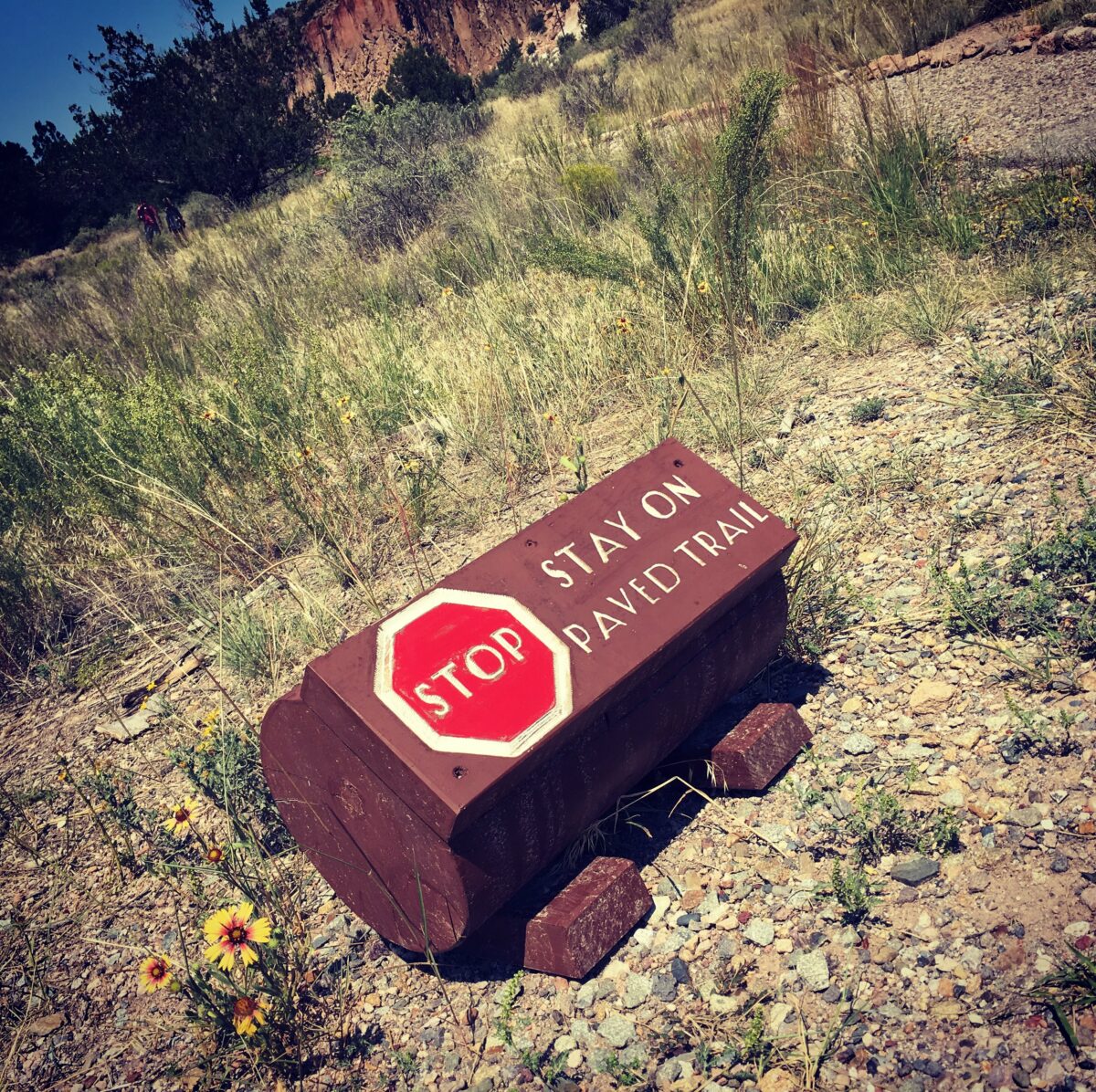November 7, 2020
Harness and weather the emotional storms of freelance work

You can’t spell freelancer without free.
Here’s what that freedom will cost you.
It’s been dubbed the freelance marketplace, the creative workforce, the gig economy, the entrepreneur revolution, the startup generation and the remote culture.
Call it whatever you want, but this type of work has become a significant part of our overall economy. The data shows a decreasing percentage of our working population relies on traditional full time employment, while an increasing percentage own their own practices or micro businesses as independent contractors, aka, people who find and perform temporary, flexible work for clients rather than employers.
Upwork, the online marketplace for freelancers, conducts the most comprehensive study of the independent workforce on an annual basis. Their research showed that freelancers represent one in three workers in this country. There are close to sixty million of us, and our direct impact on the economy is nearly a trillion dollars.
And it’s not just one way of working, either. Gigging represents a wide range of activities, reported the study. While skilled services are the most popular type of independent contract work, this creative workforce ranges from highly skilled workers freelancing full time to those occasionally selling goods online.
Now, the obvious upside of becoming a freelance professional who generates a multifaceted career and several sources of income is flexibility. You have the privilege of choosing what, when, where, how much, and with whom you work. What’s not to love about that?
Having done it for many years myself, it’s tough to top that level of autonomy.
But this freedom often overshadows the underemphasized downside of the gig economy, which is something very few people talk about.
The fact that it’s just you. There is no other person or company to absorb any of the responsibility and related stress. You’re the single point of success or failure. And that’s a lot of pressure.
Interestingly, do you know where the term freelance originates? Back in the eighteen hundreds, it referred to a medieval mercenary warrior.
Well, today’s independent workers are just that. We’re out there battling every single day. And considering our high degree of autonomy, unpredictable income, difficulty finding work and volatile schedules, there are a host of personal, social, and economic anxieties that come without the cover and support of a traditional employer.
Cornell’s business school did a fascinating study on the agony and the ecstasy of working in the gig economy. They found that freelance workers experience stark emotional tensions encompassing both the anxiety and fulfillment of working in precarious and personal conditions.
Lacking the holding environment provided by an organization, said the research team, workers need to create that space for themselves. They do so by cultivating connections to personal routines, to physical places, to significant people, and to the purpose of their work.
These elements help them stay productive and manage the emotions attendant in their work.
How well do you create that kind of space for yourself? What kind of personal creativity management system do you use to keep your business, your work and your sanity intact?
If you plan to take the creative plunge into the entrepreneurial world of freelance gigging, first of all, welcome to club. Great to have you.
Secondly, accept the fact that you are mercenary warrior. And finally, make sure you build a robust arsenal of solutions custom fit for your unique personality, value system and life situation.
Because, as the song lyric goes, freedom isn’t free, there’s a hefty fee.
What creative tools will help you weather and harness the emotional storms that accompany working without the cover of an organizational roof?

